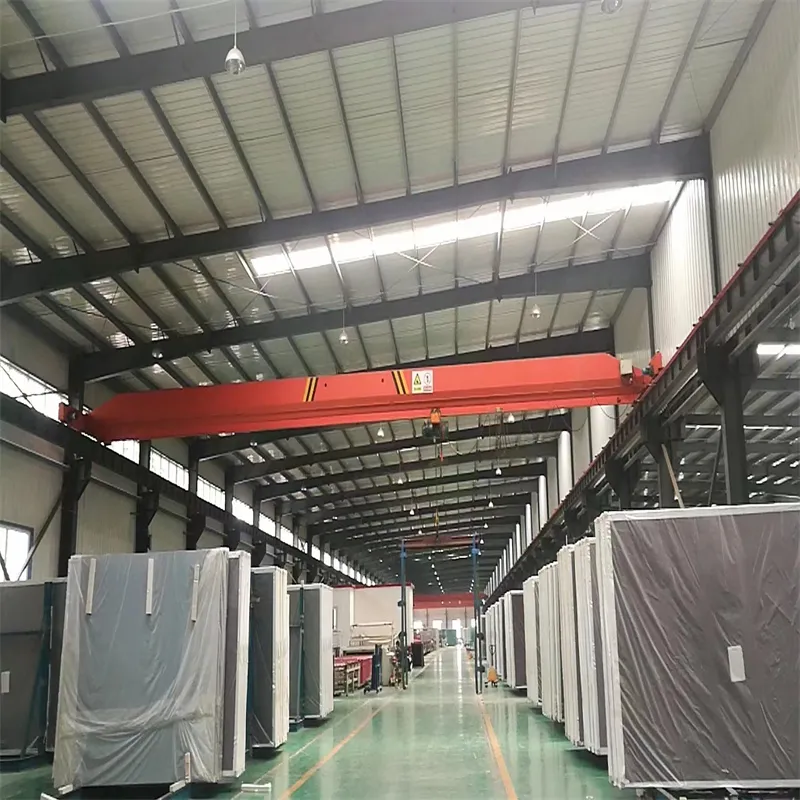Nov . 05, 2024 14:42 Back to list
laminated glass car windows
The Benefits of Laminated Glass in Car Windows
In the automotive industry, safety and innovation are at the forefront of design and manufacturing. One significant advancement that has gained traction in recent years is the use of laminated glass for car windows. Traditionally, car windows were made from tempered glass, which, while strong, shatters into small, sharp fragments upon impact. Laminated glass, on the other hand, presents a safer and more advantageous alternative, making it an appealing choice for modern vehicles.
What is Laminated Glass?
Laminated glass consists of two or more layers of glass bonded together with an interlayer, typically made of polyvinyl butyral (PVB). This interlayer not only adheres the glass layers together but also plays a crucial role in enhancing the glass's performance characteristics. When broken, laminated glass tends to crack but remains intact due to the interlayer, preventing shards from being ejected into the interior space of the vehicle. This feature greatly minimizes the risk of injury to occupants, making laminated glass a valuable safety feature.
Enhanced Safety
The foremost benefit of laminated glass in car windows is the enhanced safety it provides. In the event of an accident, laminated glass holds together, which can help prevent ejection from the vehicle, a leading cause of fatalities in car crashes. Additionally, laminated glass can offer increased resistance to impacts from road debris and vandalism. The interlayer adds integrity, which means that even if the outer layer of glass is damaged, the overall window remains functional and intact.
Sound Insulation
Another significant advantage of laminated glass is its ability to reduce noise levels inside the vehicle. The PVB interlayer acts as a sound-dampening barrier, which can significantly reduce the penetration of external noise, such as traffic sounds or construction work. For drivers and passengers, this means a quieter, more enjoyable ride, promoting comfort during long journeys. As a result, manufacturers are increasingly adopting laminated glass not only for front windshields but also for side and rear windows to provide a premium driving experience.
laminated glass car windows

UV Protection
Laminated glass also offers superior UV protection compared to traditional glass. The PVB interlayer filters out harmful ultraviolet rays, reducing the risk of skin damage for occupants and preventing the interior materials of the vehicle from fading over time. This not only enhances the health and safety of passengers but also prolongs the life of the vehicle's interior, contributing to better resale value.
Improved Security
Beyond its safety benefits, laminated glass adds an element of security to vehicles. The strength of the laminated structure makes it more challenging for potential intruders to break into a car. This deterrent factor can protect against theft and vandalism, providing peace of mind for vehicle owners. Insurance companies often recognize these enhanced security features, which can lead to reduced premiums for car owners with vehicles equipped with laminated glass.
Energy Efficiency
With the rising focus on sustainability and energy efficiency, laminated glass can contribute to energy conservation efforts. The glass can be engineered to provide heat insulation, which helps regulate the interior temperature of the vehicle. By reducing the need for air conditioning, laminated glass can contribute to improved fuel efficiency and lower emissions.
Conclusion
In conclusion, the implementation of laminated glass in car windows represents a significant evolution in automotive safety, comfort, and security. With its ability to withstand impacts, reduce noise, offer UV protection, enhance security, and contribute to energy efficiency, laminated glass is becoming an increasingly popular choice among manufacturers and consumers alike. As the automotive industry continues to innovate and prioritize driver and passenger well-being, the benefits of laminated glass will undoubtedly play a crucial role in shaping the future of vehicle design. The adoption of this technology reflects a broader commitment to enhancing safety and comfort, endorsing the notion that innovation in materials can profoundly impact the driving experience.
-
Safety and Style with Premium Laminated Glass Solutions
NewsJun.24,2025
-
Reinvents Security with Premium Wired Glass
NewsJun.24,2025
-
Premium Float Glass Line for Modern Architecture
NewsJun.24,2025
-
Low Emissivity Glass for Energy-Efficient Architecture
NewsJun.24,2025
-
High-Performance Insulated Glass Solutions for Modern Architecture
NewsJun.24,2025
-
Elevates Interior Style with Premium Silver Mirror
NewsJun.24,2025
Related PRODUCTS














